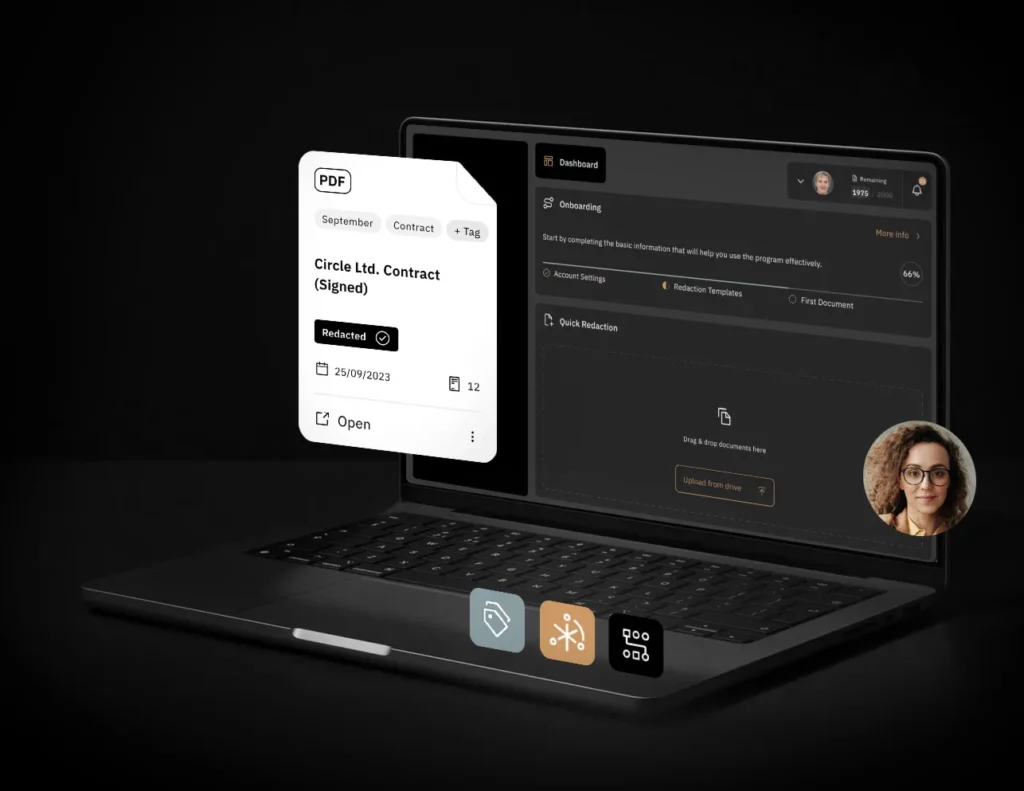What is Data Anonymization?
Data anonymization is the process of transforming information in such a way that it cannot be linked to a specific individual. In the era of GDPR and data protection regulations, it plays a crucial role in ensuring privacy and minimizing the risk of data breaches. Unlike pseudonymization, anonymization is irreversible – once applied, the data cannot be restored to its original form.
Why is Data Anonymization Important?
Protecting personal data is now a priority for both public and private organizations. A data breach or improper data processing can lead to severe legal and financial consequences. Anonymization helps organizations comply with regulations such as GDPR. Additionally, it prevents the identification of individuals, reducing the risk of data leaks. It is also essential for data analysis, as it enables safe data processing without violating users’ privacy.
Benefits of Data Anonymization
Data anonymization ensures a high level of security since anonymized information does not pose a threat in the event of a cyberattack. Moreover, it provides greater flexibility in data management – organizations can process and analyze data without concerns about regulatory compliance. It also eliminates the risk of violations and penalties, making it an effective tool for ensuring compliance with legal regulations.
When Should Data Anonymization Be Applied?
Data anonymization is widely used in many sectors, especially where large volumes of personal data are handled. In the public sector, it is used to manage citizen data securely and in compliance with regulations. In the legal industry, it helps protect client information and court documentation. Consulting and auditing firms use anonymization to store client data without the risk of identification. Data protection officers also benefit from anonymization to monitor regulatory compliance while ensuring user privacy.
Data Anonymization and GDPR – How Does It Work in Practice?
The GDPR imposes an obligation on organizations to protect personal data and enforces high penalties for improper data processing. Data anonymization is an effective method for meeting these requirements, as fully anonymized data is not subject to GDPR restrictions.
How Does Bluur AI Support Data Anonymization?
Solutions like Bluur AI can significantly streamline the anonymization and data management process. With automatic document classification, the system identifies and classifies data within documents, eliminating the need for manual processing. It also applies tagging and color-coded labels, simplifying data management. Furthermore, it maintains a complete log history, allowing for compliance audits.
With such tools, companies and institutions can efficiently implement data anonymization while ensuring regulatory compliance and operational efficiency.
Conclusion
Data anonymization is a key element of privacy protection strategies and regulatory compliance. Implementing appropriate solutions, such as Bluur AI, not only enhances security but also optimizes data management processes.
Would you like to see how effective data anonymization works in practice? Sign up for the Bluur AI trial version and discover how easily you can ensure data security in your organization.
A limited number of free trial versions are available—try it today at Bluur.ai!



